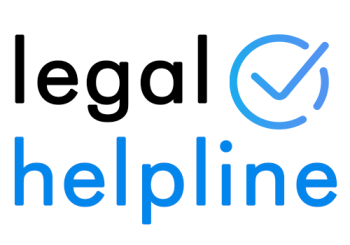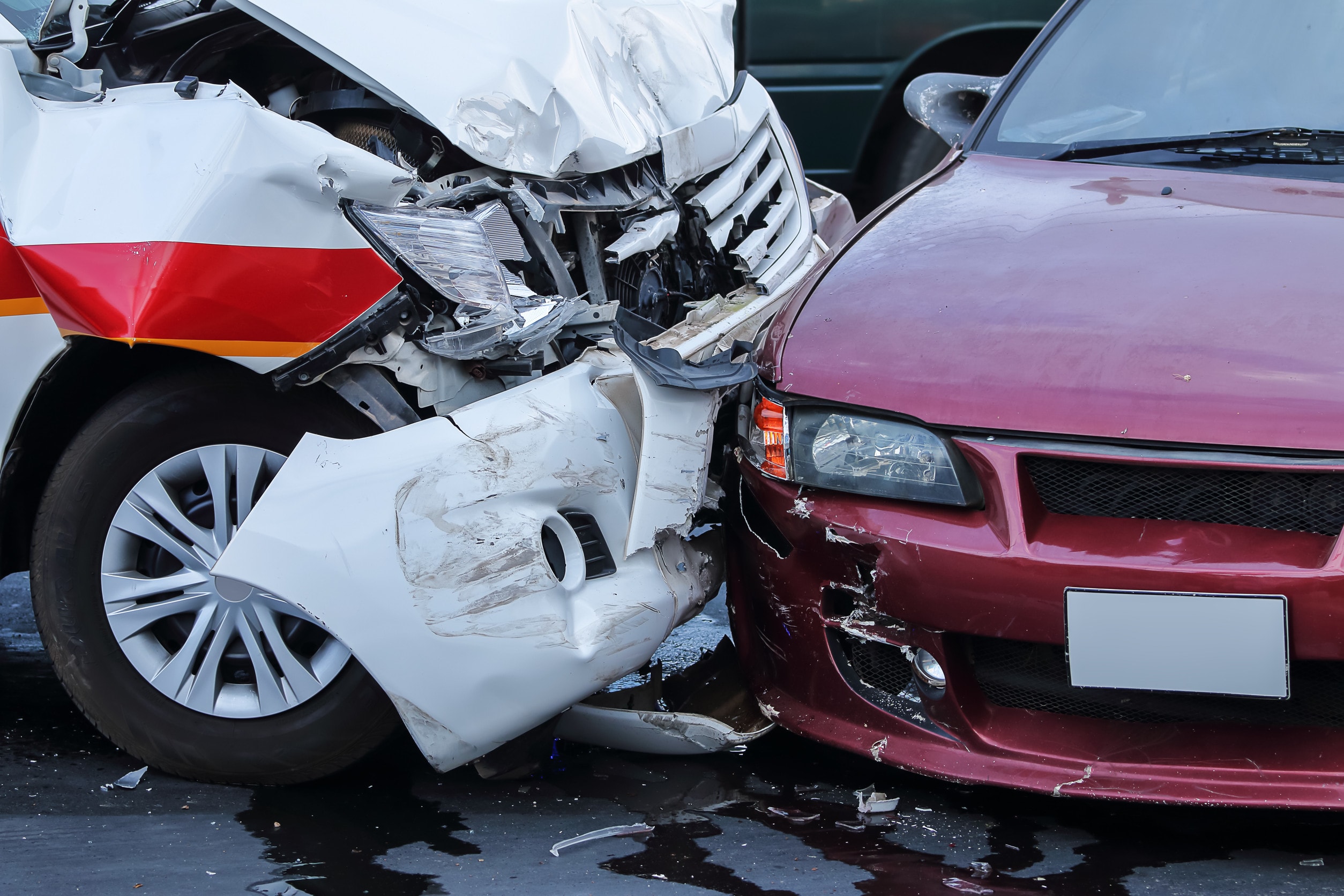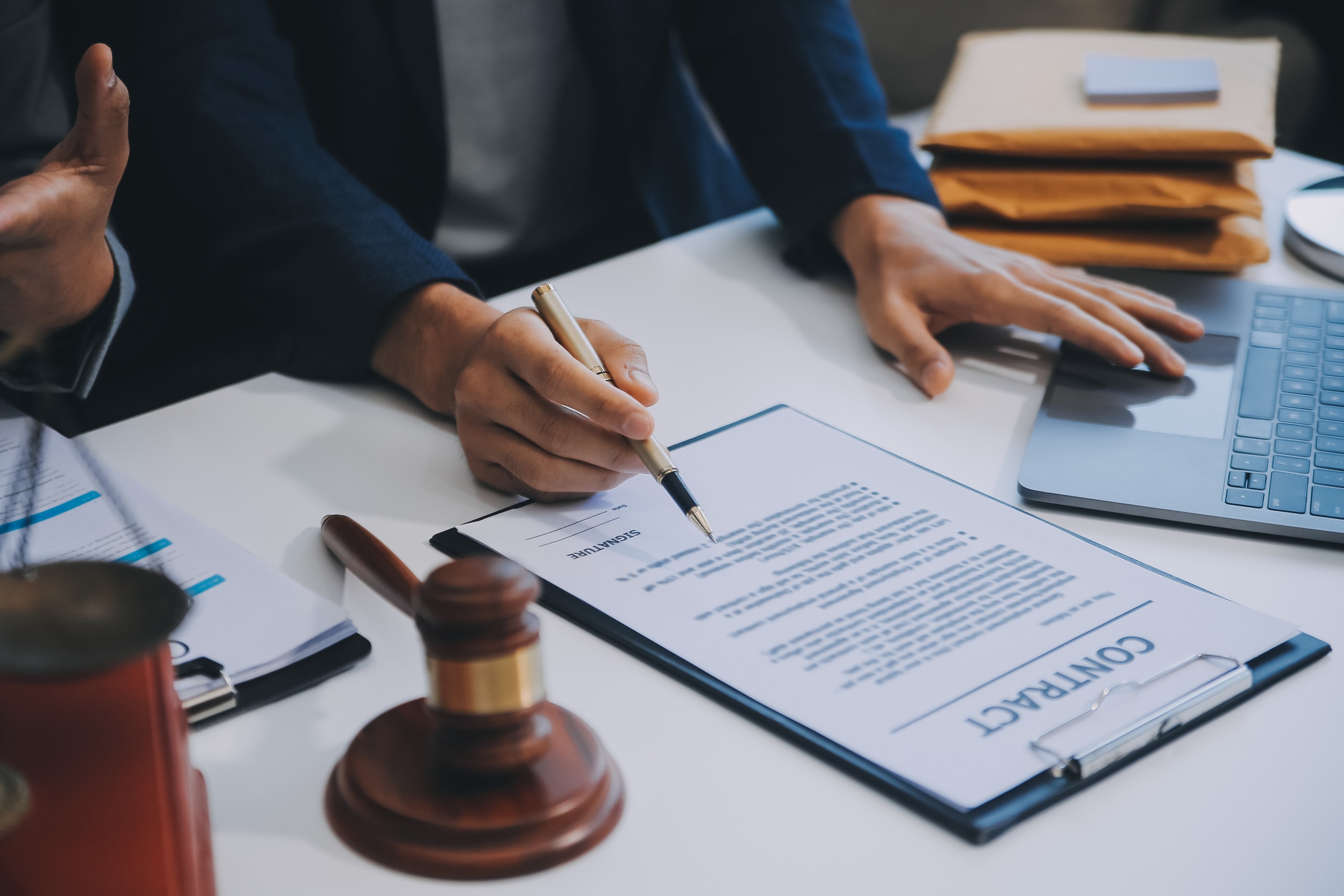When vehicles merge from multiple lanes into one, it can often result in serious collisions if road users do not take the appropriate care. If you were involved in such an incident and suffered injuries, you may be entitled to make merging traffic accident claims.
At Legal Helpline, we’re here to help you pursue compensation for your injuries, medical expenses, and financial losses. To learn more about merging traffic accident claims, contact our team of friendly advisors using the details below.
Key Takeaways
-
You may be eligible to make a road traffic accident claim if another driver caused the accident by failing to merge safely
-
The Highway Code plays a critical role in determining liability in merging accident scenarios
-
Whiplash claims valued under £5,000 may need to be made via a different process due to the Whiplash Reform Programme
-
Even if you were partly responsible for the accident, you may still be able to claim compensation
-
Legal Helpline can connect you with a solicitor from our panel under a No Win No Fee contract
Start Your No Win No Fee Claim
Jump To A Section
- How To Make Merging Traffic Accident Claims
- How Is Fault Determined In Accidents With Merging Traffic?
- Will My Compensation Amount Be Affected If I Was Partially Responsible?
- How Much Compensation Can I Get After A Merging Traffic Accident?
- What Are Some Merging Incident Examples And Causes?
- What Should I Do After An Accident In Merging Traffic
- Get Free Advice On Merging Traffic Claims From Legal Helpline
- Learn More
How To Make Merging Traffic Accident Claims
Merging traffic accident claims can be made if you’ve suffered injuries because another driver failed to follow the rules when merging lanes. All road users have a legal duty of care to one another, which means they need to follow the Road Traffic Act 1988 and the Highway Code, which includes using proper judgement and caution when merging.
To make a compensation claim, you’ll need to demonstrate that:
-
The other driver breached their duty of care (e.g. failed to give way),
-
That this breach caused the accident,
-
And you suffered injuries as a result.
Time Limits
Per the Limitation Act 1980, you typically have 3 years from the date the accident occurred to start a claim. However, if the injured party is under 18 or lacks mental capacity, exceptions may apply.
Don’t wait; our advisors can assess your claim and let you know if you’re still within the time limit. Get in touch today for free advice and support.
Start Your No Win No Fee Claim
How Is Fault Determined In Accidents With Merging Traffic?
Establishing liability in merging traffic accidents often involves analysing the actions of both drivers and their adherence to the Highway Code.
Key Highway Code Rules:
-
Rule 134: Drivers should use the “zip merge” technique in slow traffic.
-
Rule 146: Drivers should adjust speed and driving to suit the situation.
-
Rule 161: Check mirrors and blind spots before changing lanes.
-
Rule 163: Don’t cut in dangerously or drive too close to other vehicles.
Fault Scenarios:
-
Single Party Liability: A merging vehicle changes lanes without checking blind spots and hits oncoming traffic.
-
Shared Liability: One driver fails to give way, but the other was speeding and could have prevented the accident.
-
No Fault: Rare but may occur if poor weather and no rule breaches are involved.
Establishing fault is key to a successful claim. Our panel of solicitors can assist with gathering evidence, such as witness statements and dashcam footage, to support your claim.
Contact our team today to begin establishing liability in your case.
Will My Compensation Amount Be Affected If I Was Partially Responsible?
Yes, if you’re found partially at fault for the road accident, your compensation may be reduced in accordance with how liable you were deemed to have been towards the accident. This is known as a split-liability claim.
For example:
-
If you’re found 25% responsible, you may receive 75% of the total compensation.
-
If responsibility is split 50/50, both parties receive half of their entitled award.
Factors that could affect liability include speeding, failing to signal, or driving too closely. Even if you were partly at fault, you could still claim compensation for the injuries and financial losses you’ve suffered.
Find out where you stand—call Legal Helpline for a free eligibility check today.
How Much Compensation Can I Get After A Merging Traffic Accident?
Compensation in merging traffic accident claims is typically divided into:
- General damages: For physical and psychological pain and suffering, as well as loss of amenity.
- Special damages: For out-of-pocket expenses like lost wages and medical treatment.
The value of general damages is assessed with help from the Judicial College Guidelines (JCG), which outline recommended compensation brackets for various types and severities of injury. Legal professionals refer to these guidelines to ensure fair compensation based on the specific nature and impact of your injury.
You can find some examples of brackets from the JCG below. Please note, however, that the first and final two entries have not come from the JCG.
| Injuries | Compensation | Notes |
|---|---|---|
| Multiple severe injuries with special damages | Up to £1,000,000+ | This bracket would contain compensation for multiple severe injuries alongside financial losses, like the cost of lost earnings. |
| Very Severe Brain Damage | £344,150 to £493,000 | At the top end of this bracket, individuals may show minimal improvement, such as opening their eyes or responding to basic commands. However, they will generally be unaware of their surroundings, have no meaningful language function, experience incontinence, and require full-time care due to profound disability. |
| Less Severe Brain Damage | £18,700 to £52,550 | This covers claimants who initially faced similar issues as more serious cases but have recovered sufficiently to return to social activities and employment. However, they may still struggle with memory, concentration, or mood regulation, which can affect daily life and career progression. |
| Paraplegia | £267,340 to £346,890 | Where there is progressive paralysis, or the risk of future deterioration—such as from conditions like syringomyelia—compensation could exceed this bracket. These risks may be addressed through provisional damages to allow future claims if the condition worsens. |
| Severe Back Injuries (i) | £111,150 to £196,450 | These are the most serious spinal injuries involving nerve root or spinal cord damage. The claimant may suffer from a combination of intense pain, partial paralysis, and significant loss of bladder, bowel, or sexual function. |
| Severe (i) Neck Injuries | In the region of £181,020 | This refers to cases where the injury has led to long-term or permanent loss of neck mobility, possibly requiring the use of a medical collar 24/7 for several years. |
| Severe PTSD | £73,050 to £122,850 | These cases involve long-term or permanent conditions that prevent the person from returning to work or living life as they did before the accident. Their ability to function independently is severely diminished, and every aspect of their daily life is affected. |
| Severe Leg Injuries (ii) Very Serious | £66,920 to £109,290 | This bracket covers injuries that permanently reduce mobility. The injured person may need mobility aids for life due to complications such as multiple fractures that healed poorly, persistent deformity, or early-onset arthritis. |
| Whiplash Injuries And Psychological Harm | £4,345 | Symptoms that last from 18 - 24 months. |
| Whiplash Injuries | £4,215 | Symptoms that last from 18 - 24 months. |
Whiplash Reforms
The Whiplash Injury Regulations 2021 introduced fixed tariff amounts for whiplash injuries following certain car accident claims made in England and Wales. We have included some of these tariff amounts in the table above.
If your whiplash injuries are valued at £5,000 or less and you were a driver or passenger aged 18+, you may need to claim via a different route. Additional injuries may still be valued traditionally if they fall outside the tariff.
Can I Claim For Other Damages After A Merge Accident?
Yes, merging traffic accident claims may also include special damages. These are financial losses and expenses incurred as a result of the accident:
Examples include:
-
Medical expenses: Treatment, prescriptions, physiotherapy
-
Loss of earnings: Time off work or reduced income
-
Vehicle repairs: Costs not covered by insurance
-
Travel costs: Attending medical appointments
-
Care costs: If you needed help during recovery
Make sure to keep receipts and records to support your special damages claim. Speak to our team for guidance on what you can claim.
Start Your No Win No Fee Claim
What Are Some Merging Incident Examples And Causes?
Merging accidents often happen during high-traffic situations or when road users don’t follow safe merging procedures. Below are common causes:
-
Speeding while changing lanes – A driver hits a slower vehicle ahead.
-
Failure to yield – A merging vehicle cuts off another without checking blind spots.
-
Tailgating – Reduced stopping distance leads to rear-end collisions.
-
Distracted driving – Using a mobile phone while merging causes a crash.
-
Poor weather – Visibility is reduced, leading to misjudgments in merging lanes.
Injuries may include whiplash, chest injuries, fractures, and psychological trauma. Contact Legal Helpline to start your claim if you were injured in such a scenario.
What Should I Do After An Accident In Merging Traffic
Gathering evidence after a merging traffic accident is one of the most important steps you can take to support your claim. The right evidence can help demonstrate how the accident occurred, who was responsible, and what impact it has had on your life.
- Dashcam or CCTV footage: This can provide an objective record of how the accident unfolded.
- Photographs: Take images of vehicle damage, road markings, and visible injuries at the scene.
- Witness contact details: Get the contact details of anyone who saw the incident and may support your account.
- Medical records: Seek medical attention as soon as possible and ensure your injuries are documented by a professional.
- Police reports: If the accident was reported, obtain a copy of the incident log or report.
- Receipts and financial documentation: Record all out-of-pocket expenses, such as vehicle repairs, travel costs, or lost income.
This evidence helps establish fault and calculate how much compensation you could be owed. Our panel of solicitors can help you gather and present this evidence effectively.
Speak to Legal Helpline today for guidance on building a strong case backed by clear, reliable evidence.
Get Free Advice On Merging Traffic Claims From Legal Helpline
At Legal Helpline, we understand that making a personal injury claim can feel overwhelming—especially if you’re recovering from a painful accident. That’s why our panel of solicitors offer support through a No Win No Fee agreement, officially known as a Conditional Fee Agreement (CFA).
With a No Win No Fee claim, you don’t have to pay anything to your solicitor for their work upfront. You also won’t need to pay them for their work if the claim fails.
If your claim succeeds, they’ll take a small success fee. This is legally capped and deducted from your compensation.
What Our Panel of Solicitors Can Do For You:
Some of the very services our panel of solicitors can offer you include:
- Gather key evidence to support your claim, such as medical records, CCTV footage, and witness statements.
- Clearly explain the claims process without complicated legal jargon.
- Calculate your compensation to include both your general and special damages
- Negotiate with insurers on your behalf for a fair settlement.
- Provide ongoing guidance and updates throughout the entire process.
Contact Our Advisors
Our team of friendly advisors are waiting for your call. Get in touch today to find out how a solicitor from our panel could help you by:
- Calling us on 0333 0000729
- Using the live chat feature
- Contacting us online
Learn More
For more helpful personal injury guides:
- Learn how to claim through the Motor Insurers Bureau
- Find out how to make a cycling pothole claim
- Everything you need to know about taking time off work for whiplash
Or, for further resources:
Thank you for reading our guide on merging traffic accident claims.
Author
-
Tracy Chick is a dedicated and expert Road Traffic Accident lawyer, holding a prestigious MASS Diploma in her field. When she's not immersed in the complexities of legal cases, Tracy loves to be outdoors, particularly enjoying any kind of water-related activity.
View all posts Road Traffic Accidents Lawyer







